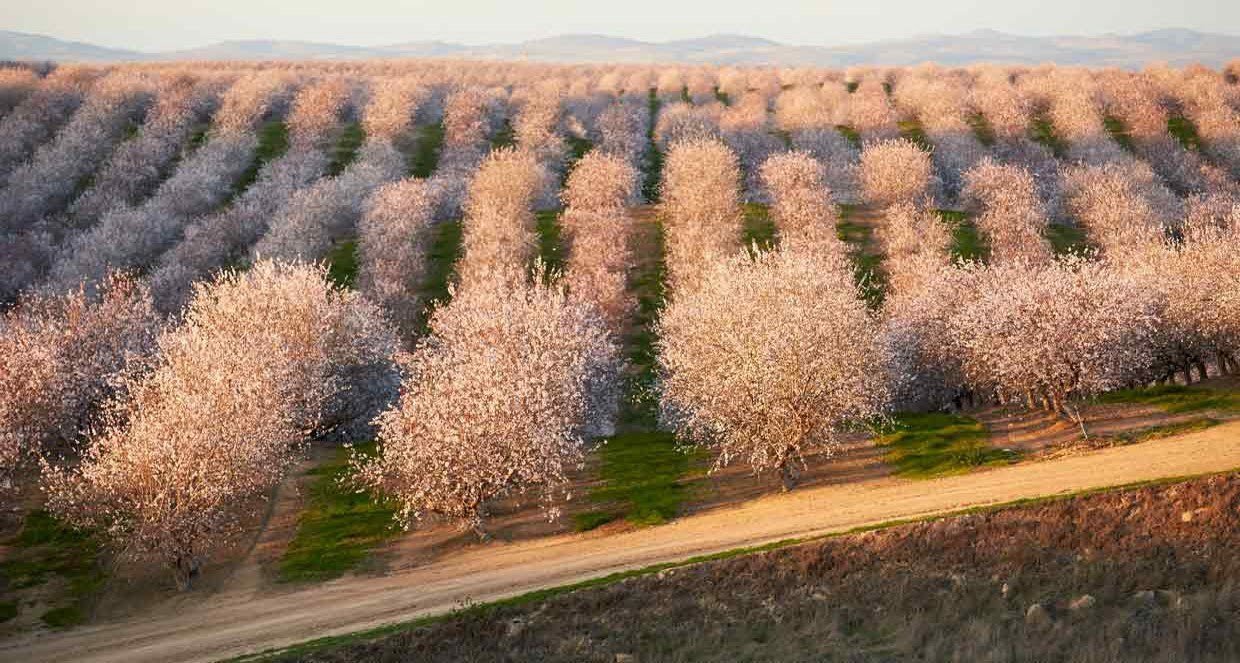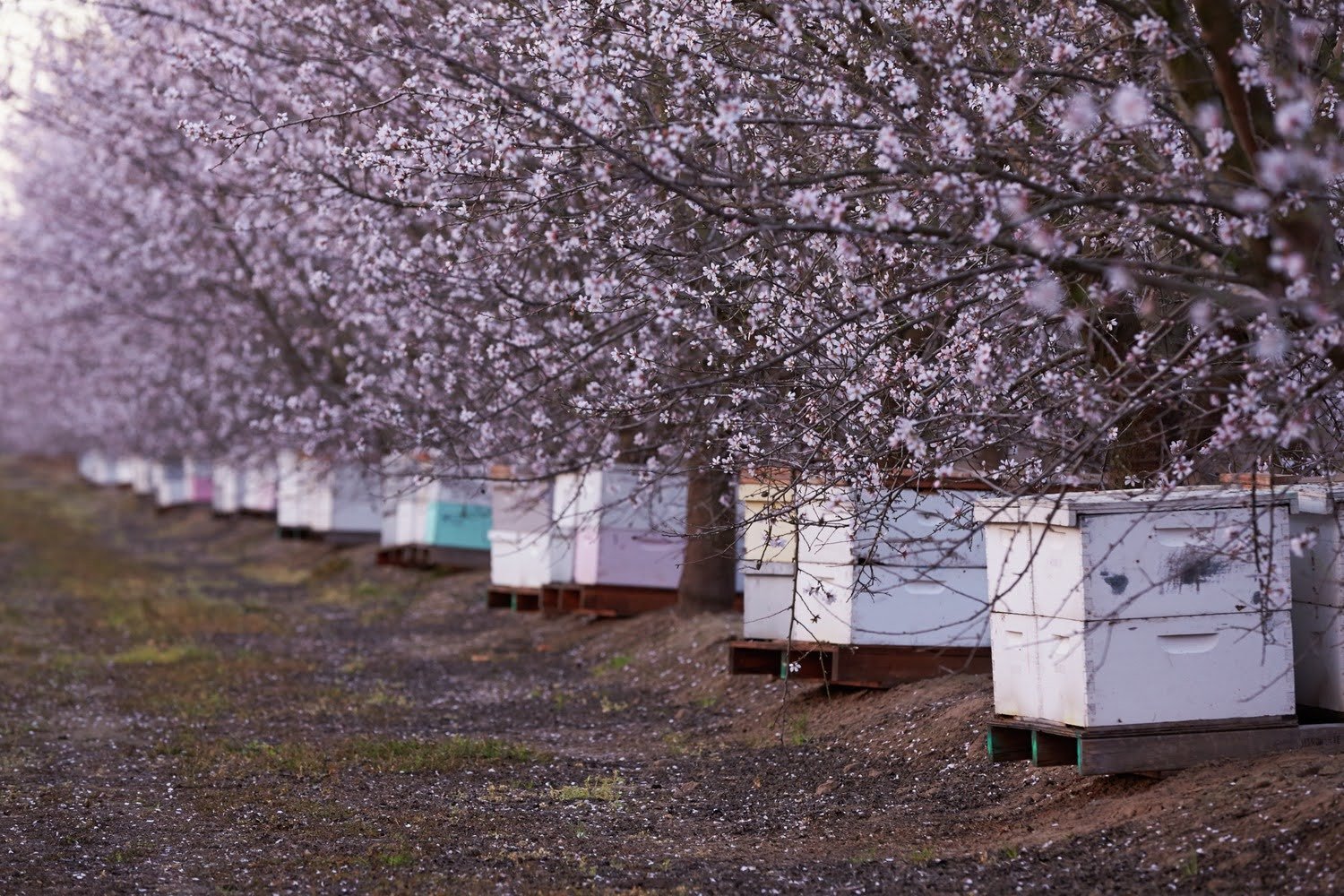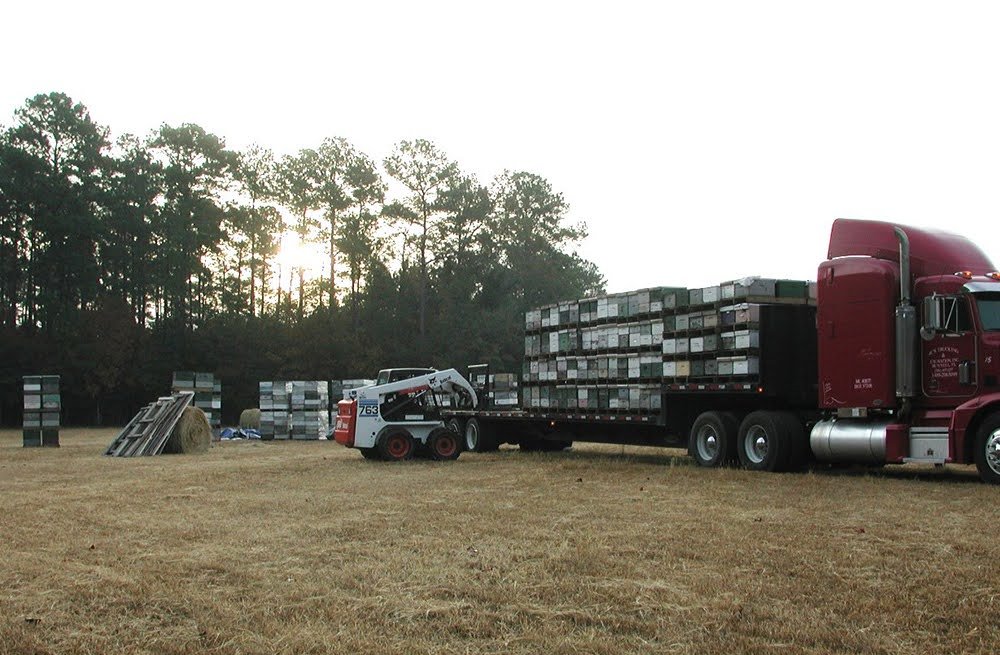So-Called Saving the Bees
If you are close to me, there is a good chance you have had the opportunity to pick my brain about honey bees. People’s understandable excitement about them is endearing, and once upon a time, I would have delighted in sharing all the fascinating facts about a species that has been touted as some sort of silver bullet to saving the world, or at the very least, the natural ecosystems upon which we depend. I still am enthralled about certain aspects of these amazing creatures. But now, I also have a whole lot of inner turmoil about the strained relationship between humans and honey bees.
Where I might have once relished the conversation, I often now approach warily, cringing, with a halting “well…” an implied “do you really want to know?” There is an uneasy guilt to having devoted so much of my time studying these creatures and accepting the unwarranted valor that is heaped on the bee researchers. “You’re really doing such important work - no, you are!”
Don’t get me wrong: pollinators (bats, birds, bees, butterflies, moths, beetles, and many more) are really important keystone species. That is, without the reproductive services they provide to most flowering plants – a huge proportion of the primary producers (photosynthesizers) which make up the base of the food webs in all ecosystems, which sequester carbon from the atmosphere, which produce oxygen, and which provide us with foods like fruits, nuts, and many vegetables – would not be able to reproduce. Which means they’d quickly cease to exist. Bees make up a huge subset of the bucket pollinators. Worldwide, there are around 20,000 species of bees, approximately 3,600 of which are native to North America alone. And yet, honey bees are just one species. One out of 20,000 species gets all the attention – and importantly, all the funding – especially in my part of the world. And they are not even native to North America.
How did honey bees attain (or get anointed with) this status? Why do I grimace when they are centered in the conservation conversation? Surely, they aren’t doing that much harm, right?
Honey bees are unique among the other pollinators due to a few behavioral idiosyncrasies. Honey bees are eusocial, which means they live thousands to a colony and are perennial - existing (if all goes well) within a hive year over year. They are also generalist foragers, meaning they are not picky about which flowers they will pollinate. (Compare this to specialist pollinators like the blueberry and squash bees, which have evolved to pollinate only one type, or a narrow range of flowers). Finally, they practice a particular form of foraging, shared among some pollinators, called flower fidelity, or flower constancy. This means that they will preferentially pollinate all flowers of a certain type within a given area before moving on to another type of flower. This is an important ecological and evolutionary collaboration with plants - it ensures that pollen that lands on the bee from one type of flower actually makes it to another flower of the same type, and fertilization within a species can occur - and fruits and seeds (the next plant generation) can develop. If the bee went to a sunflower, collected pollen, then hit up a blueberry, that sunflower pollen would not create a new generation, and might be wasted, if the bee doesn’t get around to another sunflower for a while. In short, honey bees are prized for more than just the sweet stuff. (Though there’s that, too.)
These behaviors make honey bees incredibly valuable to industrial agriculture. They mean that the geometric boxes we house bees in can be loaded neatly onto trucks by the hundreds, shipped across the country, plopped in monocrops stretching for hundreds of acres, and they will dutifully pollinate all the almonds, all the apples, all the blueberries, without distraction. In fact, these particular monocultures would not be possible without the honey bees. That’s right: there would be no way to bring in the huge quantity of pollinators to create fruit from blooms, without coalescing almost all the hives in the country in one place, right on time for the brief bloom “event,” before moving on to the next crop. There would be no sense in subjecting the land to the violence of clearing huge swathes of natural biodiversity to make way for one type of crop, no sense in powering machines with fossil fuels to troll the long rows, no sense in spraying the fertilizers and pesticides that are necessary to supplement the weakened state of a homogenous landscape and the plants that make it up. There would be no way to “increase efficiency and yield” to maximize profits for the shareholders in agribusiness.
And ironically, there would be no need to have honey bee researchers either. These practices of industrial agriculture that the honey bees enable are also the precise causes of their poor health and decline. When I set out to “save the bees,” I thought I would be solving some mysterious problem. What I found instead, was that the majority of bee labs are working diligently to solve the problems we already understand. What is more, they focus heavily on honey bee health over native bee health. The inquiry in a honey bee research lab amounts to: How can we engineer better technologies and practices to reduce honey bee colony loss in spite of the conditions we are subjecting them to? How can we increase the profitability of the beekeepers in transactions with growers? How can we increase access to diverse forage on the margins of the rows of monocrops?
What if we just stopped growing our food in this way? Not only does it harm the bees that enable the system, but harms native bees and other pollinators, produces greenhouse gas emissions, reduces biodiversity and ecosystem resilience, pollutes our air and water with fertilizer and chemical runoff, and consolidates profit and power in the hands of a few, all while reducing food sovereignty and increasing food waste.
I couldn’t devote my life to slapping bandaids on problems rather than stopping the bleeding. At first, I thought maybe it was just this field, but the more I looked, I realized this pattern existed in all the nooks and crannies of our culture, in almost every aspect of our lives. The way we work, learn, consume, and even help each other. It feels like some sort of vaudevillian sketch, or something out of Mr. Bean. The more we try to fix the problem we have created (or try to cover it up), the worse we make it, until it becomes an irreparable mess, that we would have done well to just stop trying to “help” by changing course from the very beginning.
Instead of focusing our efforts on solving problems we are creating, what if we started radically changing the way we are living, so as not to create these problems in the first place?
Meanwhile, there is so much we can learn from the bees, if we do it at human-scale, by forming deep reciprocal relationships with them, instead of treating them like units on an assembly line, or entries in a ledger. If you want to learn more about how to enter into relationship with honey bees, to truly steward them, you can learn more in EcoGather’s Art and Science of Apiculture online, self-paced course. Use code SOCALLEDSAVETHEBEES for 10% off.




